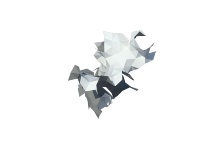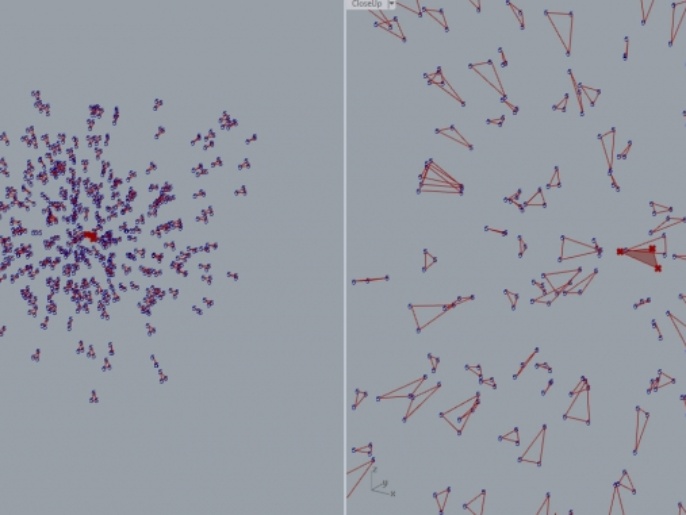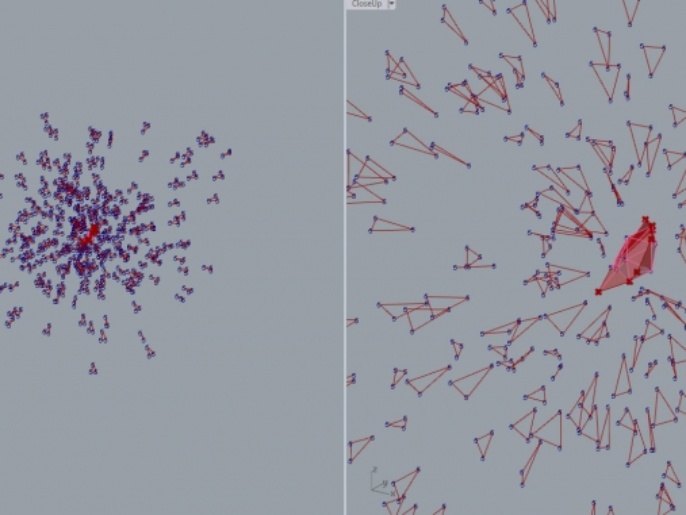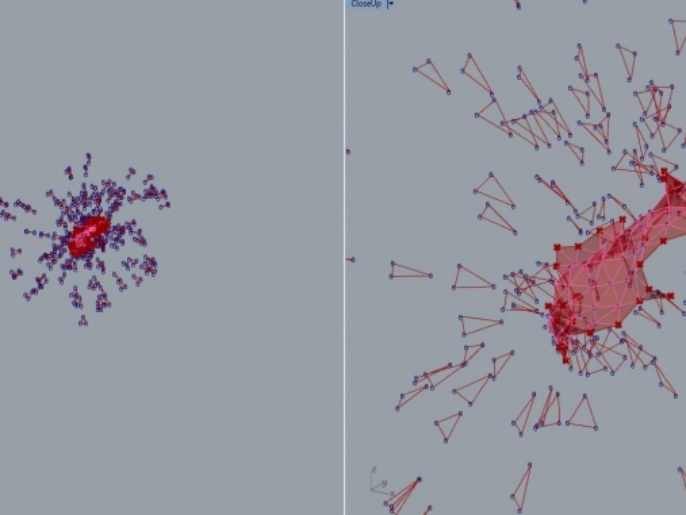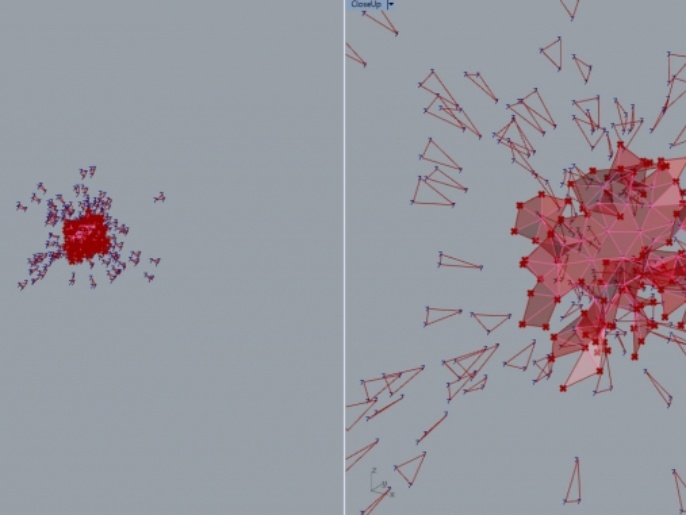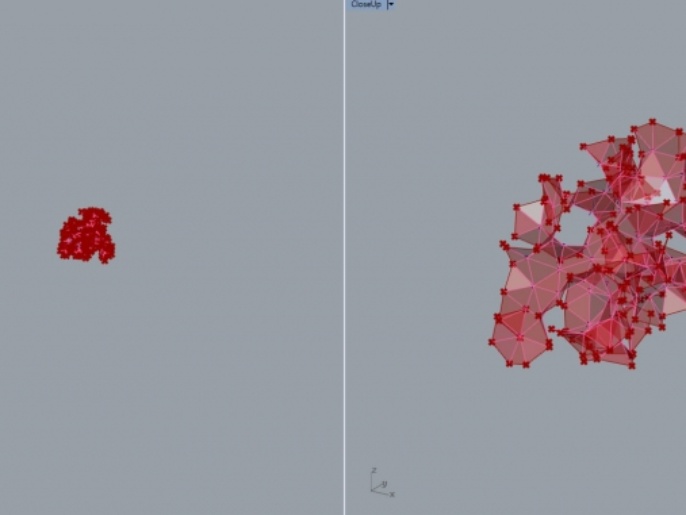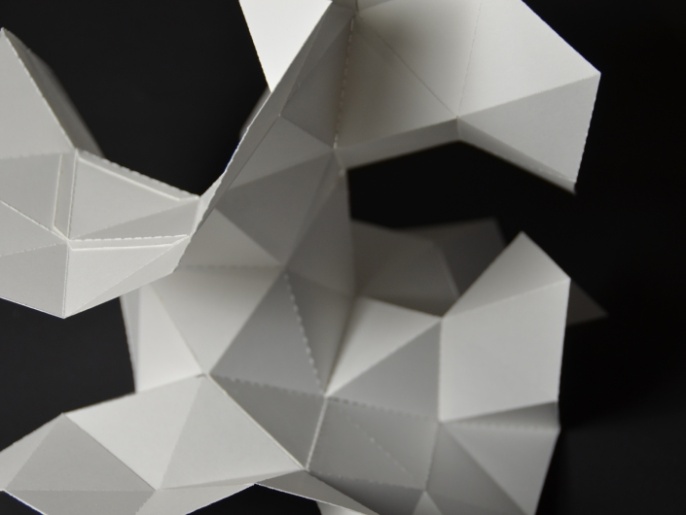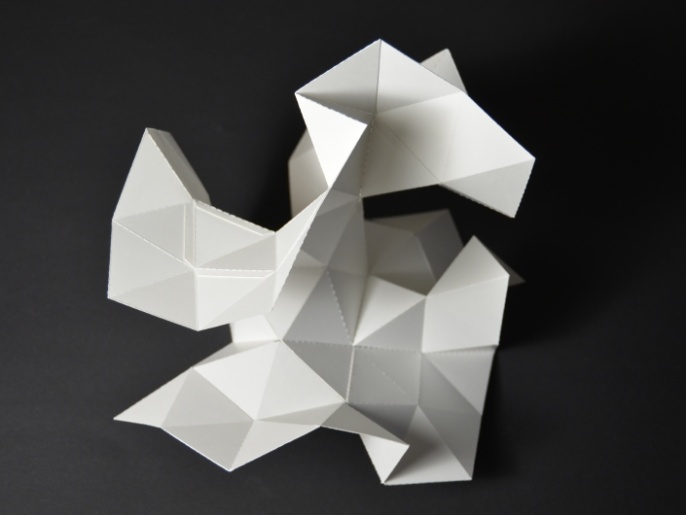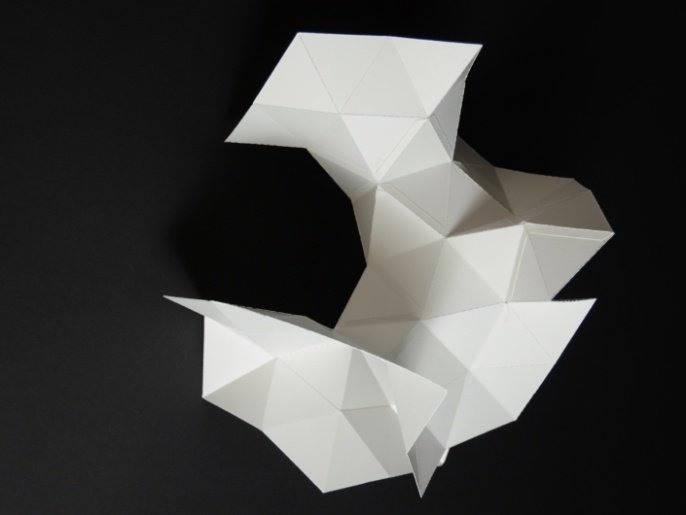The project's objective was to demonstrate skills and understanding in dealing with complex algorithms and emergent processes in relation to architectural space. Our approach was to develop a generative tool based on a multi-agent system that could be utilized to produce complex, non-developable discrete surfaces with a strategically controlled formal behaviour.
Originally interested in the topic of surface discretization, we focused our research on understanding the properties of complex non-developable surfaces such as the triply periodic surfaces, which prove to be mathematically challenging to discretize or parameterize in terms of surface coordinates. Exploring exemplary surface types such as the Gyroid, we identified several interesting structural and geometric principles that could have an architectural and structural potential. These properties would be we developed an algorithm based on the multi-agent system that produces emergent surfaces with the same proprieties as the observed mathematical case studies.
Unlike surfaces that can be represented by the means of uv-coordinates, there are many complex surfaces that are not definable as a 2D-coordinate system and can hardly be tessellated parametrically. Therefore, a different approach is required to polygonize such surfaces.
On the other hand, instead of mathematically defining a surface with a determined parameterization in a top-down manner, one could use the aforementioned topological rules to generate a discrete surface bottom-up, still locally approximating the formal behaviour of the mathematical surfaces, yet allowing a lot more control and differentiation, making it more customizable for architectural purposes.
From our experiments carried out with the tool we understood how different valence configurations in combination with different setups and behaviour rules can produce outcomes with various formal and structural properties - degree of curvature, degree of intersection, compactness etc.
Based on the parameters we choose we have the possibility to expect a determinate quality of the output in terms of its physical properties - layering property, porosity (relevant for insulation or filtering), area to volume ratio etc.
As an architectural quality we can observe a variety of spatial configurations - from a flat surface to highly intertwined structures where the space is characterized though cavity and continuity.
As an outlook towards architectural implementations, we started observing different fabrication techniques for uniformly triangulated structures. Using the generative tool we are freed from the restriction of mathematically predefined geometries and can generate structures in a bottom-up manner with consideration to the fabricational constraints of the elements.


